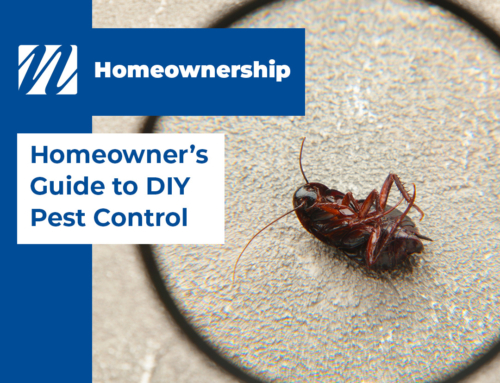Congratulations on your new home! As you settle in, it’s crucial to prepare for the colder months ahead. Winterizing your home not only keeps you cozy but also saves on heating costs and prevents costly repairs. Here’s a beginner-friendly guide to help you navigate your first winter as a homeowner.

1. Seal the Drafts:
One of the simplest yet most effective ways to winterize is to eliminate drafts. Use weather stripping around doors and windows to seal out cold air. For a quick test, hold a candle near window and door seams; if the flame flickers, you’ve got a draft that needs sealing.
2. Insulate Your Attic:
Heat rises, and without proper insulation in your attic, it can escape. Check your attic’s insulation levels and add more if needed. The recommended insulation level for most attics is R-38 (about 12–15 inches, depending on the insulation type).
3. Protect Your Pipes:
To prevent your pipes from freezing and bursting, insulate those that are exposed to cold air. For extra precaution during very low temperatures, let faucets drip slightly to keep water flowing.
4. HVAC Maintenance:
Replace your furnace filter to ensure your heating system runs efficiently. Consider scheduling a professional HVAC inspection to check for any potential issues before they become big problems.
5. Utilize Your Thermostat:
Investing in a programmable thermostat can lead to significant savings on your heating bill. Set it to lower the temperature when you’re not home and to warm up the house before you return.
6. Reverse Your Ceiling Fans:
If your ceiling fan has a reverse switch, use it to run the fan’s blades in a clockwise direction after you turn on your heat. This simple trick pushes hot air down and helps distribute it more evenly throughout your home.
7. Check Your Fireplace:
If you have a fireplace, ensure the damper is closed when not in use to prevent warm air from escaping. If you’re not using the fireplace at all, consider a chimney balloon to block the opening.
8. Emergency Kit:
Winter weather can be unpredictable. Keep an emergency kit with essentials like flashlights, batteries, blankets, and a first aid kit. If you have a generator, ensure it’s in working order.
9. Garden Care:
Don’t forget about your outdoor space. Drain and store hoses, and cover outdoor faucets. If you have a lawn, give it a final mow and fertilize it to ensure a healthy start in the spring.
Winterizing your home is a proactive approach to comfort, safety, and efficiency. By taking these steps, you’ll not only enjoy a warmer home but also peace of mind knowing you’re prepared for whatever the winter throws your way. Here’s to a cozy and secure first winter in your new home!





